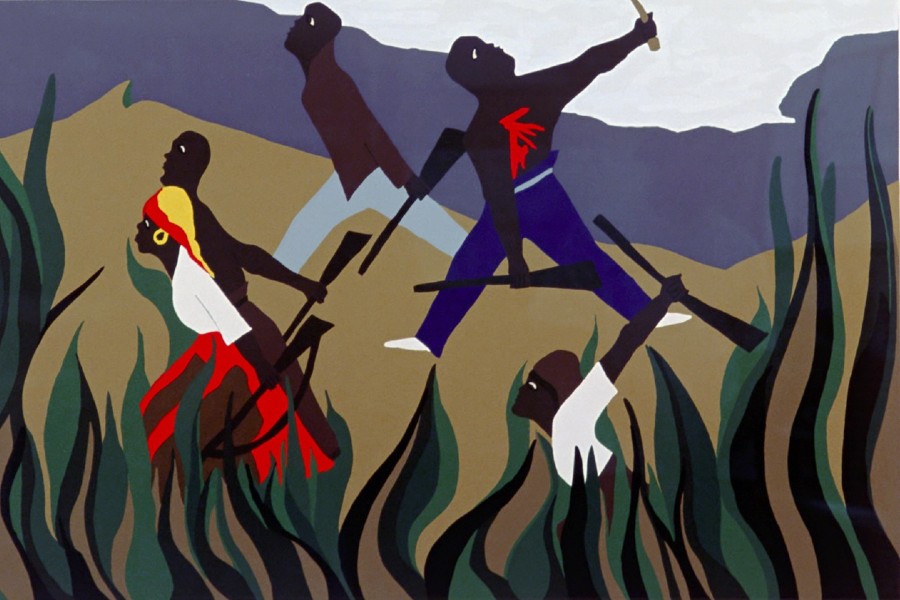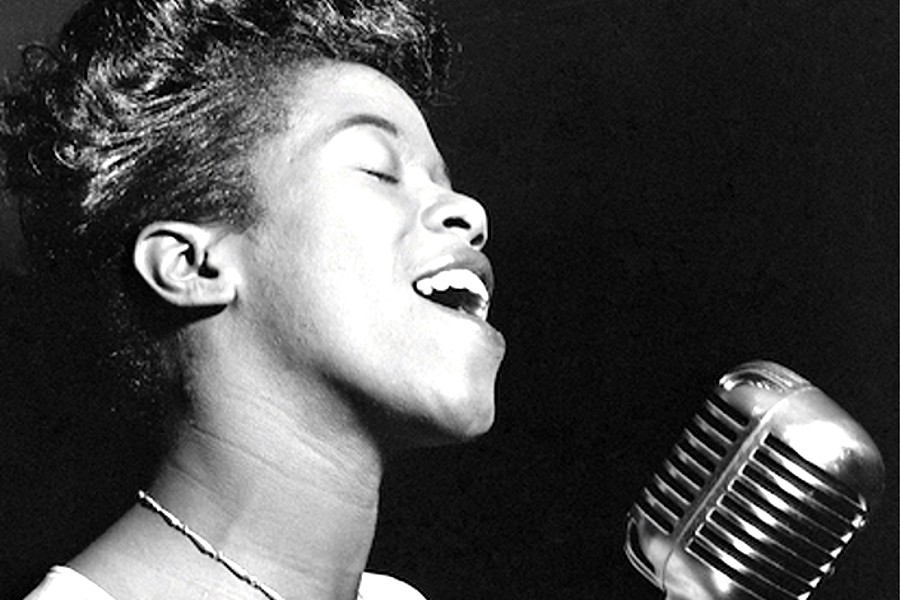
The relationship between art and politics is a complex one. Art has the power to influence and shape political opinions and decisions, while politics can constrain and censor art.
In order to understand the full scope of this relationship, it is important to look at both historical and modern examples of art influencing politics, and of politics influencing art. In this sample essay prepared with the help of the domyessay writing service, we will analyze in detail the relationship between politics and art and examine how art can be used in politics. Happy reading.
Definition of Art
Art is an umbrella term that encompasses a wide range of creative activities, including fine art, applied art, and craft. Fine art is typically thought of as art created for aesthetic purposes, while applied art is art created for practical purposes. Craft is art that is created with a specific skill set, such as pottery, weaving, or jewelry making.
Definition of Politics
Politics is the study of power and governance. It is a complex field that involves the analysis of systems of government, political theories, public policies, and political behavior.
Overview of the Relationship Between Art and Politics
Throughout history, art has been used to influence and shape political opinions and decisions. From Ancient Greece to the French Revolution, art has been used to inspire and motivate people to take action. In modern times, art has been used to protest oppressive regimes, call attention to social injustices, and promote social change. At the same time, politics has had a profound effect on the production and consumption of art. Governments and corporations have used censorship and funding to control the types of art that are produced, and to shape the opinions of the public.
Historical Examples of Art Influencing Politics
In Ancient Greece, art was used to inspire and motivate citizens to take action. Mythology was used to explain the origin of the gods and goddesses, and to explain the values and customs of the people. Sculpture was used to honor the gods and goddesses, and to commemorate important events. Pottery was used to tell stories and to record historical events.
During the Renaissance, art was used to express political opinions and to influence public opinion. Portraiture was used to glorify rulers and to convey a sense of power. Frescoes were used to depict religious and political themes. Architecture was used to demonstrate the wealth and power of rulers.
During the French Revolution, art was used to spread revolutionary ideas and to inspire people to take action. Prints and posters were used to spread revolutionary messages. Revolutionary songs were used to motivate people to fight for their rights. Plays were used to criticize the ruling class and to spread revolutionary ideas.
Modern Examples of Art Influencing Politics
Music In modern times, music has been used to protest oppressive regimes, call attention to social injustices, and promote social change. Protest songs have been used to spread awareness about political issues, and to inspire people to take action. Political lyrics have been used to express opinions and to criticize governments. Musicians have also been used as activists, using their fame and influence to raise awareness about social and political issues.
Visual Art Visual art has also been used to express political opinions and to influence public opinion. Political cartoons have been used to criticize politicians and to challenge the status quo. Street art has been used to spread awareness about political issues and to protest oppressive regimes. Posters and murals have been used to spread revolutionary messages and to inspire people to take action.
Performance art has been used to spread awareness about political issues and to protest oppressive regimes. Street performances have been used to spread revolutionary messages and to challenge the status quo. Political theater has been used to criticize governments and to express political opinions. Protest marches have been used to call attention to social injustices and to demand change.
Examples of Politics Influencing Art
Censorship Governments and corporations have used censorship to control the types of art that are produced, and to shape the opinions of the public. Government censorship has been used to suppress political dissent and to prevent the spread of revolutionary ideas. Corporate censorship has been used to control the content of art and to promote certain political agendas. Self-censorship has also been used to prevent the spread of certain ideas and to protect the interests of certain groups.
Funding Governments and corporations have also used funding to control the types of art that are produced and to shape the opinions of the public. Government funding has been used to promote certain types of art and to support certain political agendas. Corporate funding has been used to promote certain types of art and to influence public opinion. Crowdfunding has also been used to support independent artists and to promote certain political causes.
Art as Propaganda
Art has also been used as a form of political propaganda. Political advertising has been used to promote certain candidates and to influence public opinion. Visual propaganda has been used to spread revolutionary messages and to inspire people to take action. Social media propaganda has been used to spread misinformation and to manipulate public opinion.
Conclusion
The relationship between art and politics is a complex one. Art has the power to influence and shape political opinions and decisions, while politics can constrain and censor art. From Ancient Greece to modern times, art has been used to inspire and motivate people to take action, while politics has been used to control the types of art that are produced and to shape the opinions of the public. It is clear that art and politics are closely intertwined, and that the intersection of the two can have profound implications for freedom of expression, political awareness, and social change.
Photo credit: Harlem’s Jacob Lawrence.
- The Rise And Fall Of 65 West 128th Street: A Microcosm Of Harlem’s History
- From Rainforest To Asphalt: Amazon’s Sustainability Report Struggles To Navigate Harlem’s Future
- Broom Drill In A Harlem Church: A Unique 1882 Tradition
- Wells Fargo Shares Economic Impact From Open For Business Fund
- Harlem Rallies For Kamala Harris: A Historic Gathering Of Black Women Leaders
Become a Harlem Insider!
By submitting this form, you are consenting to receive marketing emails from: Harlem World Magazine, 2521 1/2 west 42nd street, Los Angeles, CA, 90008, https://www.harlemworldmagazine.com. You can revoke your consent to receive emails at any time by using the SafeUnsubscribe® link, found at the bottom of every email. Emails are serviced by Constant Contact









